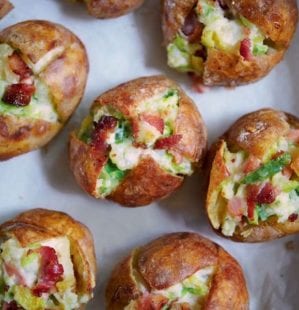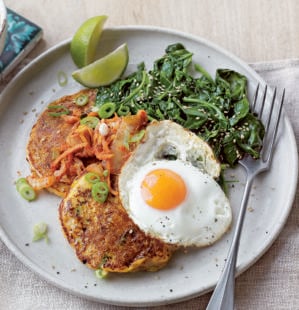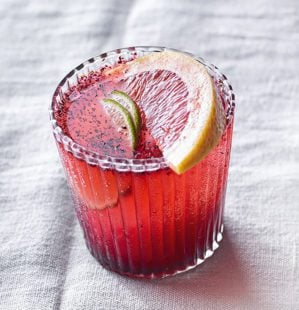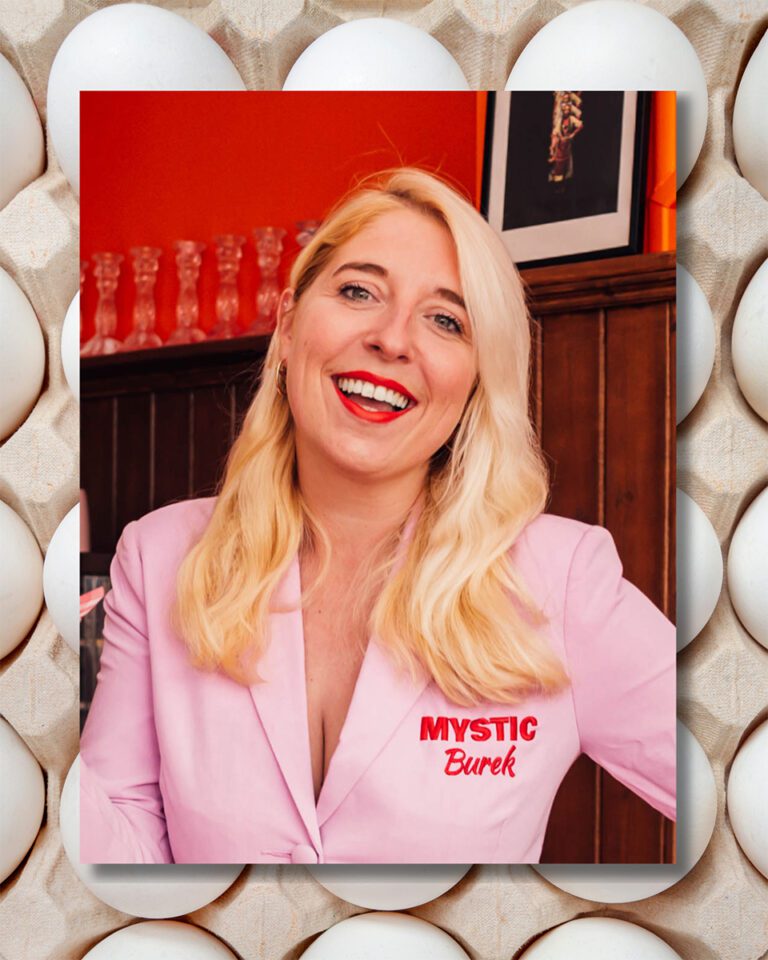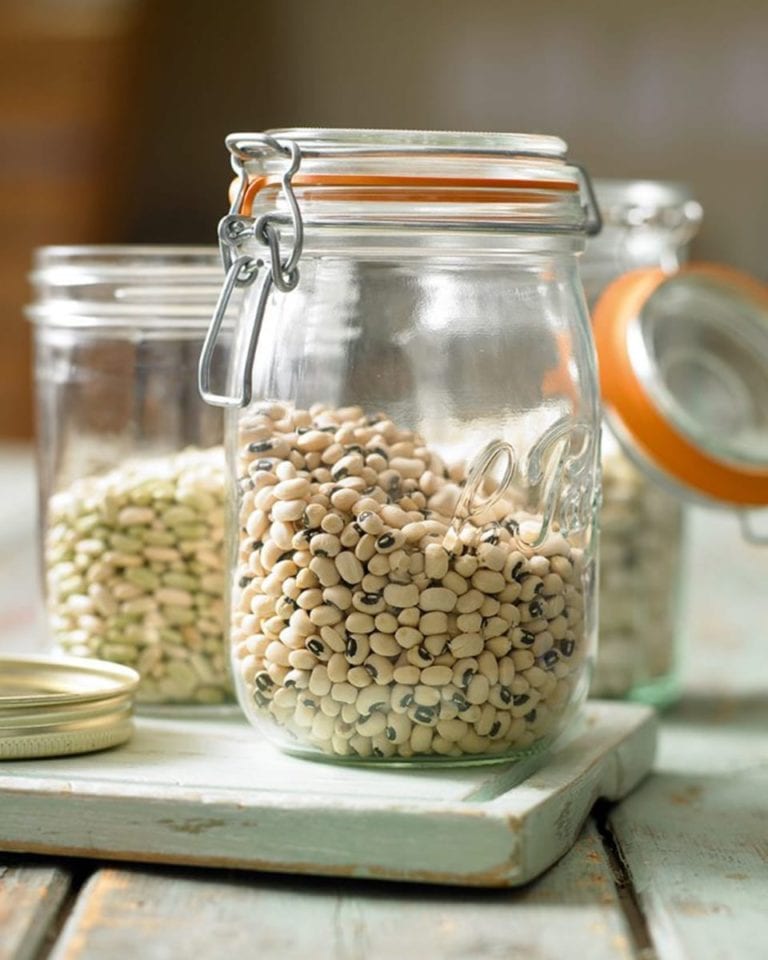How Hugh Fearnley-Whittingstall really eats
Everyone’s got a food story to tell… In this week’s instalment of Fridge Raid, the delicious. interview series where people from all walks of life answer our nosiest food questions, Hugh Fearnley-Whittingstall is in the hot seat.
The campaigning cook reveals his unconventional method for making a cup of tea, why driving an electric car is the secret to cutting out ultra-processed foods – and the food issue keeping him awake at night.
Inspired by his new book celebrating the latest science that eating 30 plants a week can make us healthier, Hugh also shares some sage advice on reaching that magic number – along with the best thing he ate last week (and treat he couldn’t say no to)…
Intrigued? Sign up to the delicious. Wednesday newsletter to have each week’s new Fridge Raid interview delivered to your inbox.
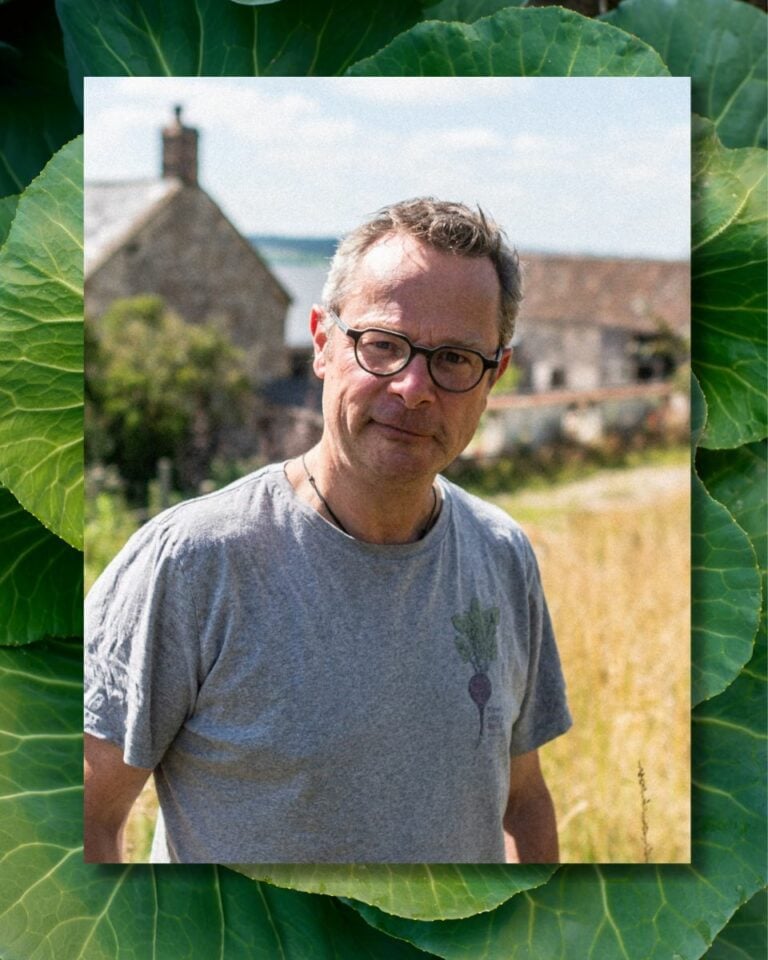
Pick ‘n’ mix
What’s your favourite type of bean?
If you’re talking beans in the garden, I’m absolutely obsessed with broad beans, but if you’re talking pulses from the storecupboard, I adore butter beans. I’ve been using them a lot recently. I love the size and creaminess of them, in a lovely sauce or a chilli.
Do you wash up as you go or deal with it all at the end?
My family will be the first to tell you I’m not the tidiest person in the kitchen. I like to have a little bit of chaos going on around me when I cook. I don’t feel the need to wash up as I go, but I do try to put things to rights before we sit down for supper.
How do you make a cup of tea?
You don’t want to get me started on that. I do something quite odd. I pour a splash of hot water over the tea bag, give it a swirl, then tip that trickle away. I used to drink so much tea and somebody told me it takes some caffeine out. It’s just a habit now but it seems to make a better cuppa.
You probably weren’t expecting such an in-depth answer, but I’ve got a cup of tea in my hand currently and it’s got not one, but two tea bags in. My first cup of tea was an assam. I then put the bag for my second cup in, which is an earl grey. And I leave the old one in there and repeat the process of putting in the boiling water, giving it a quick swoosh and tipping it out, then topping it up. I don’t do this all the time, but I did it this morning. I like quite a strong brew, with a splash of milk – but the swirl and tipping out means it’s not quite a builder’s.
What’s your usual drink order?
I haven’t given up alcohol completely, but I did Dry January and enjoyed it, so I’m only really drinking if the occasion demands it. I went to a friend’s 60th birthday recently and enjoyed a glass of English fizz; we make our own River Cottage organic sparkling wine, too.
My wife and I value that special moment of the day when we’ve put our work away, I get supper under way and we sit down and have a drink. For a long time, that would’ve been a glass of wine, cider or beer. But at the moment, it’s a homemade kombucha, made with dried lemon verbena from the garden – it has a lovely fragrant note to it. And sometimes I add a splash of homemade blackcurrant cordial for an extra kick.
What’s your current food obsession?
Fermentation, as you won’t be surprised to hear, is right up there. Rachel de Thample is our fermentation guru at River Cottage and teaches our fermentation courses. We’re always swapping ferments and recipes and ideas. She’s obviously way ahead of me, but it does mean that I have a regular supply. I make my own at home with stuff from the garden.
I quite like spicy ferments – variations on the kimchi theme or sauerkraut, to which I add things like ginger, turmeric and lots of pepper. Maybe a few coriander seeds, carrots and even swede and celeriac, so you end up with lots different plants packed in. I like eggs for breakfast and scrambled eggs on toast with kimchi on the side is a fantastic way to start the day, especially at the weekend.
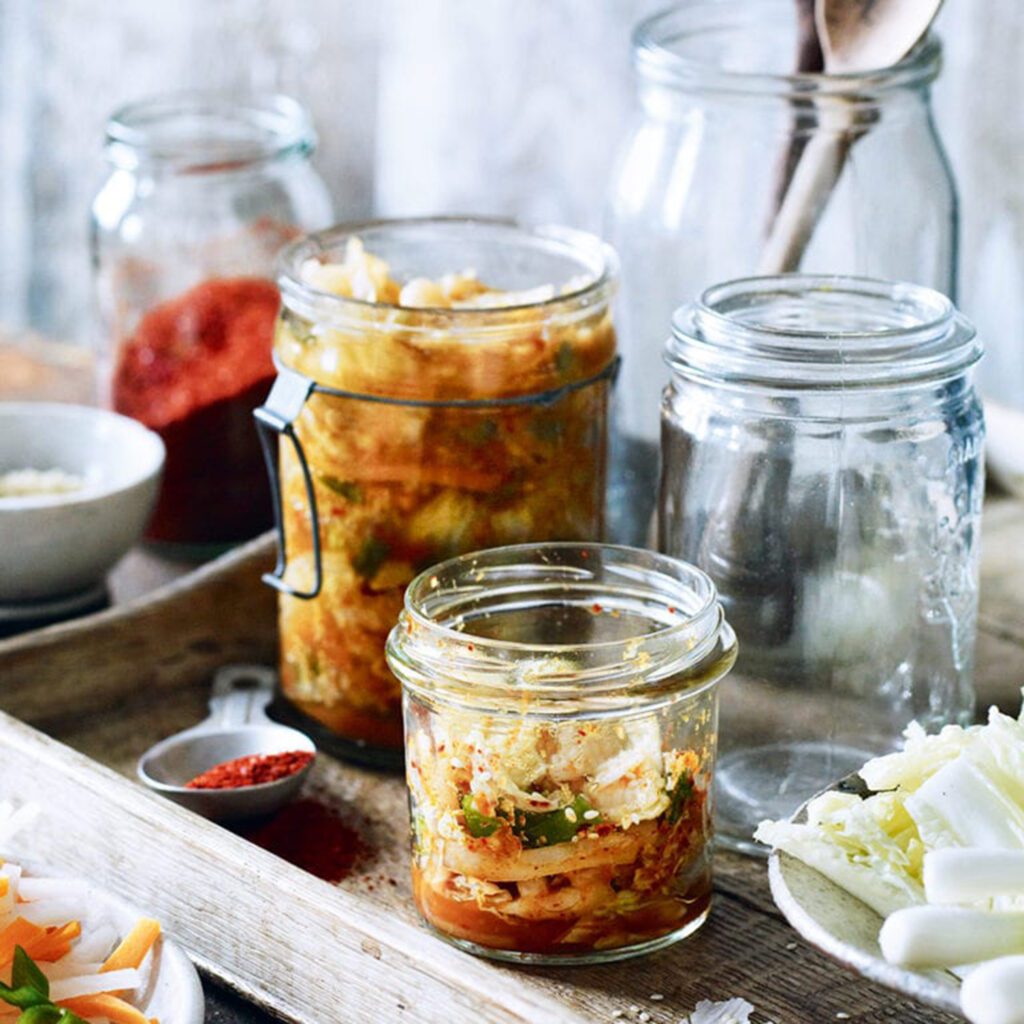
The main meal
What does your day-to-day home cooking look like?
I’ve got into a rhythm where it sort of takes care of itself. There’s a lot of rolling leftovers in my cooking; last night I pulled some lentils and mash out of the fridge from the previous evening, grabbed a couple of handfuls of kale from the garden and made a bubble and squeak. It’s a version of the recipe in my new book, which I call double and squeak, because I’m always trying to double up on the plants in it. We had that with the lentils on the side and some eggs.
We had a fennel bulb in the fridge too and munched slivers along with everything else – my daughter particularly likes raw veg. Quite often, I’ll put some grated carrots on the table dressed with a squeeze of orange juice and little bit of oil. Or I’ll just break open a lettuce for dipping in whatever. And I’m always making houmous with extra nuts and seeds.
It’s not like I’m cooking complicated meals from scratch. I’m dipping in and out the fridge and storecupboard, grabbing things from the garden. But as of recently, I’m throwing things together with extra plants, so an extra pulse and extra sprinkle of seeds – or two or three different brassicas, rather than one.
What intrigued you about the 30-plants-a-week concept?
There’s now a consensus that eating 30 plants per week is incredibly good for us. That sounds daunting, but it’s achievable and even fun. The underlying science comes from a massive study of different diets. The greatest predictor of good health outcomes was not which diet, but how many different plants you were eating each week. The benefits really peak at around 30. Professor Tim Spector and top nutritionists have embraced the idea and I find it fascinating. I’m delighted we have a compelling introduction from Tim in my new book, and I’m trying to help with easy strategies and recipes for where to go for these extra plants.
What ingredients do you reach for to hit that 30?
Pulses are such easy ingredients to cook with and we don’t embrace them nearly as much as we could. I have loads of tinned pulses in my larder: lentils, black chickpeas, regular chickpeas, butter beans… Another thing is nuts and seeds; they’re great for snacking and putting on salads. Spices count too, especially when whole (cumin, coriander, caraway seeds). Even though they’re used in small quantities, they contain intense micronutrients and phytochemicals – that’s why they have such great flavours.
I’m not saying you’ve got to eat 30 different fresh fruit and vegetables, which might push you into eating unseasonal things that have been imported: sourcing 10 or a dozen fresh items a week is brilliant, with the rest of the 30 coming from herbs, spices, nuts, seeds and pulses.
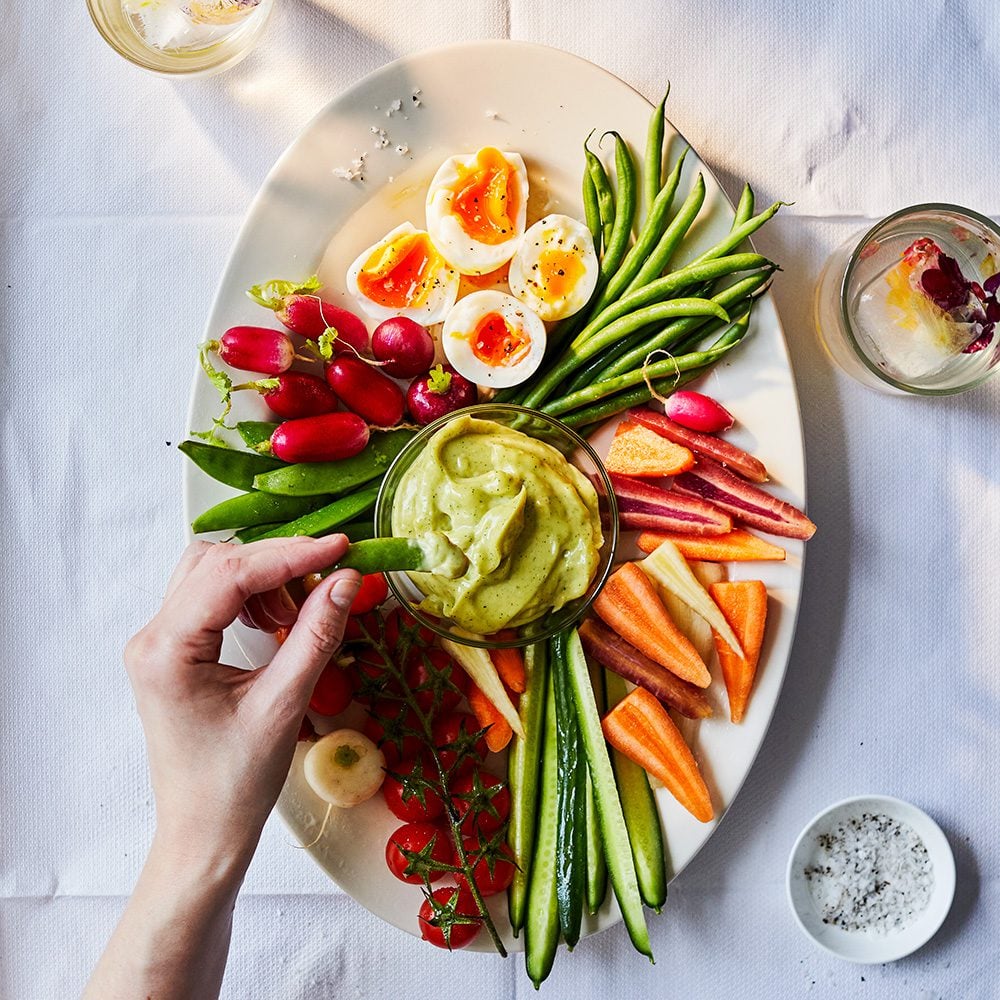
Where do you shop for food?
I grow a lot myself – a great privilege – and use two veg box delivery schemes, Riverford and a brilliant online local thing called In My Backyard. I love to stop by the side of the road at honesty boxes, too. People put out beautiful homegrown parsnips, carrots and so on. Even though I grow a lot myself, I can’t resist. You stick a couple of quid in the box and go home with a bunch of leeks or bag of salad. And quite often I’ll end up having a natter about what’s going well this season and “How are you getting on with the slugs?”
I think when we shop at supermarkets, the weekly shop can get very samey. At the beginning of the book, I did a list of all the plant foods I thought were accessible to most people. That list is over 200 plants long, yet most of them would not be on our shopping list. So my first invitation to people is to remind yourself there’s probably a whole bunch of plant foods you like so add a few more to your next shop.
"I love to stop by the side of the road at honesty boxes. Quite often I’ll end up having a natter about what’s going well this season and 'How are you getting on with the slugs?'"
Talking of trolley habits… Is there anything on the more ultra-processed end of the scale that you find hard to resist?
We’re bombarded with these foods all the time. One thing that’s helped: I now drive an electric car and no longer stop at garages to fill up with petrol. That means I no longer run the gamut of temptation where you’re standing at the till with piles of chocolate bars and crisps next to you. That was the last line of temptation for me, because they don’t really feature in my regular shop. I don’t buy ready meals. I don’t buy pre-made cereals. If my excellent local health food shop is selling some interesting-looking biscuits, made with good ingredients and less sugar, I might give them a try, but even that’s an occasional purchase. Probably a few times a year I’ll still buy a chocolate bar. It might be from the trolley on the train, heading home after a meeting in London… It’s a rare occurrence now, whereas going back a few years, it was probably something I was doing quite a lot.
Looking back on all your River Cottage food adventures to date… Are there any projects still on your wish list?
I’m excited to grow my own nuts. I’m so keen on eating nuts and seeds now, but most are imported. I’ve now got walnuts, chestnuts, hazelnuts and even almonds growing at home. It’s a long-term thing because these trees take a while to mature, but even the almonds are now quite productive.
You’ve created and supported many campaigns to improve our food system. What’s next on your agenda?
It bugs me that our last government did so little to address the UK’s obesity crisis. So many of us are working on this – amazing organisations like The Food Foundation, Henry Dimbleby, Jamie Oliver’s team. For over a decade we’ve presented government with policy options that could help people struggling and shift the culture away from ultra-processed foods. Diet-related disease is the single biggest treatment cost for the NHS and cause of premature death in the UK. The food industry is about delivering profit to shareholders, so unless we see leadership from government, not much will change. Now we have a new government, and we are all desperately hoping to see the leadership and policy change we need to address this crisis.
Outside of work… What do you do to take time for yourself?
I’m lucky to live on a 30-acre farm and love being in nature. I’ve just seen a sparrowhawk, a kestrel and a buzzard swooping outside my window. A rabbit is hopping along in the orchard. There might have been a time when I’d be thinking about rabbit recipes, but I’m happy to let him do his thing. I’ve put up nesting boxes and made wildlife ponds and a few years ago a kingfisher visited for the first time! I’m more and more thinking, ‘How can I make this little patch of land a haven for nature and wildlife’. Those are the kind of things that are particularly special for me.
My bite-sized week
What was the best thing you ate this week?
Last October my son Freddie made a delicious gazpacho from a bumper crop of tomatoes in the greenhouse. There was so much we froze a couple of containers of it. This week I saw the very first ripe tomatoes of this year, and it reminded me that there was still gazpacho in the freezer. I got it out and it defrosted it, and it was still absolutely delicious. And an exciting harbinger of the harvest to come.
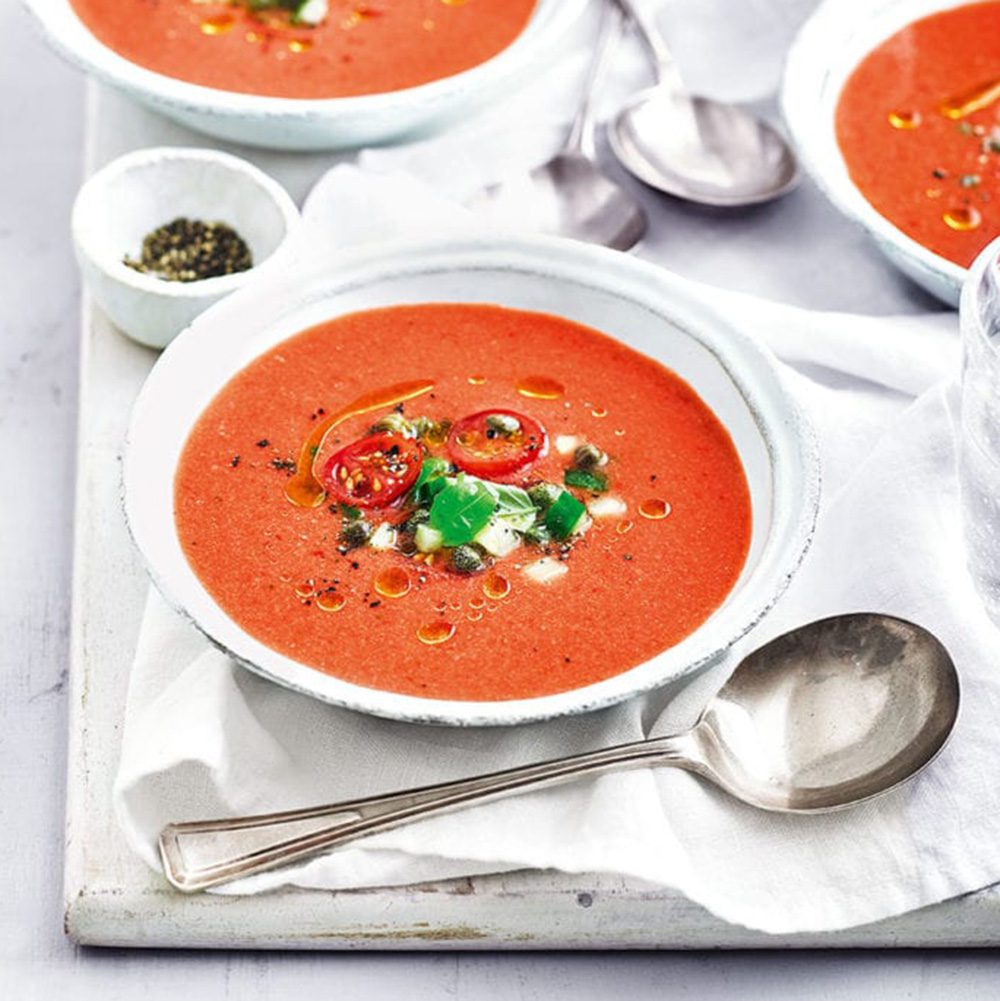
What was the most mundane meal you ate?
I can honestly say I didn’t eat anything mundane. My breakfast of poached eggs on toast was pretty uncomplicated but still fantastic, because I had it on my wife Marie’s fabulous sourdough and sunflower seed toast, with River Cottage kimchi on the side.
Did you cook a meal off-the-cuff?
I made my seven-plant pesto, pretty much according to the recipe in my book How to Eat 30 Plants a Week. Except because there are so many lovely things in the garden just now it was more like a 15-plant pesto – including pea shoots and bean tops, nasturtium leaves, parsley, rocket and oregano. I had it with bashed ratte potatoes and courgettes from the garden.
Where did you shop for food – and what did you buy?
I went to our lovely local health food shop Natural Worx in Seaton, to stock up with some grains and pulses from their brilliant refill section, as well as some good oils and chocolate.
What was your treat of the week?
We had a party a few weeks ago and bought lots of delicious locally-made ice cream from our friends at Baboo Gelato as there were a bunch of kids coming – and greedy adults too! There’s still quite a bit left, and while I was watching Wimbledon, my daughter brought me a massive cone of their amazing double chocolate ice cream. I should have said no, but I couldn’t resist and it was absolutely perfect!
How To Eat 30 Plants A Week by Hugh Fearnley-Whittingstall is out now (Bloomsbury £25).
Browse more entries in our Fridge Raid interview series – and sign up to our Wednesday newsletter to have each week’s new read delivered to your inbox.
Subscribe to our magazine
Food stories, skills and tested recipes, straight to your door... Enjoy 5 issues for just £5 with our special introductory offer.
Subscribe
Unleash your inner chef
Looking for inspiration? Receive the latest recipes with our newsletter
